Laser Marking Source | Laser Types & Selection Considerations
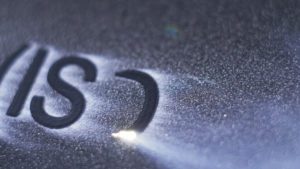
Laser part marking requires an understanding of both the engraver that will best fit your application requirements and the laser source that will provide the best mark. There are a variety of laser sources, and we will highlight three types, as well as two subtypes, of the best laser-marking technology and outline the best choice for the material you are using and the depth of the mark you require to meet regulatory requirements.
5 Laser Sources Based on Wavelength
Laser part marking is common in a number of industries because it is effective for long-term part identification and meets the rigorous standards set forth for aerospace, mechanical, and other high-demand industries.
However, each industry has specific needs when it comes to the product, and the potential damage to the product if the wrong laser is used. The equipment you need is part of the process, but from there the laser that is best is the next point to consider.
With that in mind, we can take a look at five of the commonly used lasers and the best use case for each:
- CO2 laser
- Fiber laser
- YAG laser
- Green laser
- UV laser
1. CO2 Laser
CO2 laser marking is a popular laser engraving and marking solution because of its ability to mark non-metallic materials. It’s efficient in marking a variety of non-metals, too, including:
- wood
- plastic
- glass
- textiles
- cardboard
The CO2 laser produces an infrared laser beam and uses CO2 gas as the active medium. The laser is emitted at 10.6 micrometers and features high beam quality, allowing it to focus laser power into a small spot and produce high-quality laser marks. This laser has the longest wavelength, which is located on the invisible infrared spectrum.
This laser is efficient for cutting some materials and for personalizing products. However, this type of laser also requires more maintenance and uses more energy.
2. Fiber Laser
Another laser source is fiber laser marking, which also offers the ability to mark non-metallic surfaces with a high degree of accuracy. This laser source utilizes a shorter wavelength than a CO2 laser and uses a fiber optic laser device to emit laser beams at a wavelength of 1.064 micrometers. The wavelength produced is located in the infrared spectrum.
It quickly and accurately produces laser marks on materials such as:
- plastics
- metals
- rubber
- glass
This laser source also offers the ability to be tuned for specific applications with easily adjustable settings.
A fiber laser can also be used for embossing or to add discoloration where desired. The discoloration process with a fiber laser provides a variety of colors and better control simultaneously.
The fiber laser is the most commonly used in the laser marking industry, particularly common in aerospace, metallurgy, automotive, and mechanical applications. It’s useful for all types of metals and has a long lifespan when compared to other lasers.
3. YAG Laser
The YAG laser operates on a wavelength similar to the fiber laser (1.064 micrometers). However, this type of laser has a different structure than a fiber laser and the beam passes through different crystals in order to create the beam.
The YAG laser is ideal for marking metals and plastics in its more widely recognized configuration. However, it can be adjusted to mark more sensitive materials as well.
4. Green Laser
The green laser, the first subtype of the YAG laser, is the only laser with a wavelength in the visible spectrum. This allows manufacturers to mark many sensitive materials, such as:
- polymers
- plastics
- rubber
The green laser is ideal for these sensitive materials because its wavelength is located near the UV spectrum generates less heat.
5. UV Laser
The UV laser is another subtype of the YAG laser. Thanks to implanted crystals, it became possible to adjust the wavelength for this laser and utilize others, providing access to the only laser in the invisible ultraviolet spectrum (0.355 micrometers).
The UV laser has the shortest wavelength used in the laser marking field and as such is relied upon for markings on fairly sensitive materials.
This laser also makes it possible to carry out “cold markings” — which means manufacturers can avoid the degradation of parts due to the heat. This laser is used for marking solar panels, electrical components, and other parts that require a refined approach.
6 Ways to Choose a Laser Marking Source
Planning production of your next line means a lot of considerations. These include the material you will use and the speed you can expect products to be completed. Meanwhile, several of those factors also influence the choice of laser:
- Material to be marked
- Mean time between failures (MTBF)
- Depth of mark needed
- Laser maintenance needs
- Speed of marking process
- Ease of settings adjustment
1. Material to be Marked
With the variety of materials used in production, it makes sense to prioritize the materials when considering a laser source. For more heat-sensitive materials, it’s important to find the right laser and access one that is easily adjustable.
2. Mean Time Between Failures (MTBF):
The Mean Time Between Failures (MTBF) is a guideline of how reliable your laser will be based on its hours of operation. Each laser has a different expectation — and keep in mind these are mean times, not a guaranteed lifespan. Some lasers have a longer MTBF but can fail in a shorter period of time than expected
While the fiber laser has an MTBF of 100,000 hours, CO2 lasers have a significantly shorter MTBF of 30,000 hours. This is a crucial factor to keep in mind while choosing the best option for your production cadence.
3. Depth of Mark Needed
Some lasers are singled out for the ability to make deeper marks than others. For certain regulations and standards, the laser with a deeper marking capability would be the preferred choice.
Meanwhile, other materials require a lighter mark that doesn’t cause damage. Therefore, the depth of the mark is a key factor in laser source choice.
4. Laser Maintenance Needs
Some lasers require more maintenance than others. This means a commitment of more of the budget and possible interference with production timelines if maintenance is required frequently.
5. Speed of Marking Process
Your production timeline is important both for your revenue and to help your clients meet their own projected deadlines. As such, the marking process needs to be completed in a timely manner.
Note: Depending on the material to be marked, the right laser source makes a difference in meeting that timeline and getting behind due to lengthy marking processes. If laser marking isn’t the answer at all, there’s always dot peen marking.
6. Ease of Settings Adjustment
In some industries, the laser will need to be adjusted for separate part lines or stages in the production process. In these cases, it is more cost-effective to find a laser that can be adjusted easily. This better facilitates effective marking on the desired timeline.
Which Laser Marking Source is Right for Your Production Needs?
With three laser marking types and two subtypes, it should be a reasonable process to narrow down the best laser for an application based on the factors involved. Your production line requires a certain type of mark and you have an expectation of how long that mark will last.
The right laser marking source means faster delivery of products that carry distinct markings to fit your clients’ needs.
Don’t Waste Money and Lose Project Momentum
If you have questions about the right laser source for your project, it’s time to talk to our experienced Technomark staff. Reach out today, and we can help point you in the right direction.
 (Editor’s note: This blog was originally published in January 2023 and was updated in March 2024 to reflect the most up-to-date information.)
(Editor’s note: This blog was originally published in January 2023 and was updated in March 2024 to reflect the most up-to-date information.)

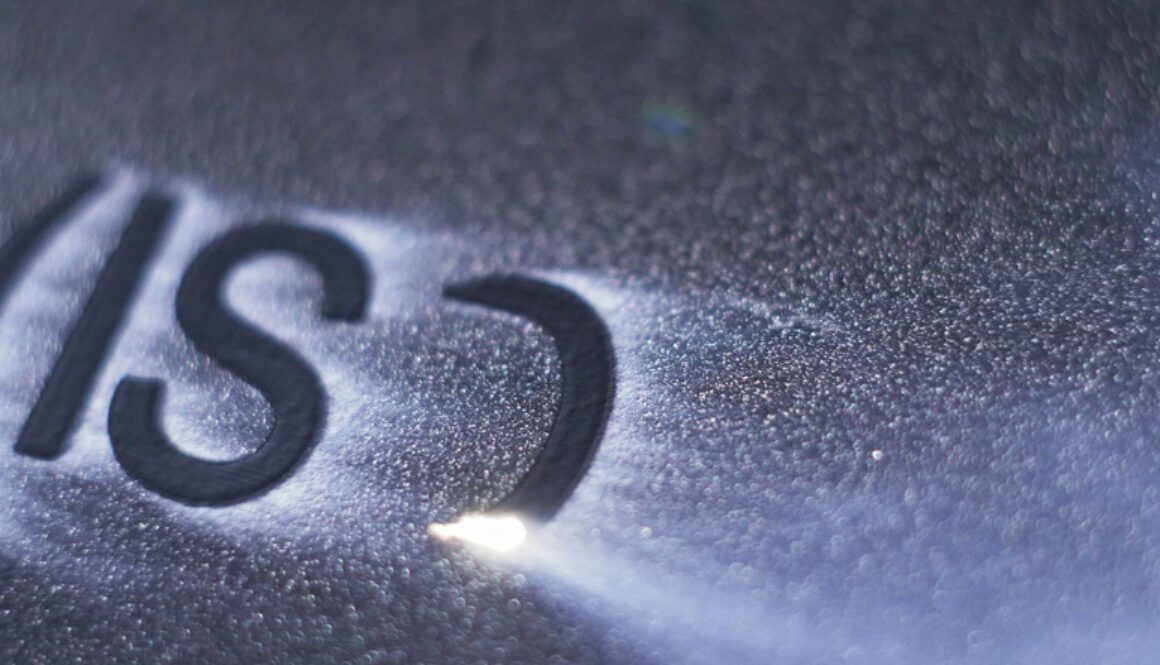
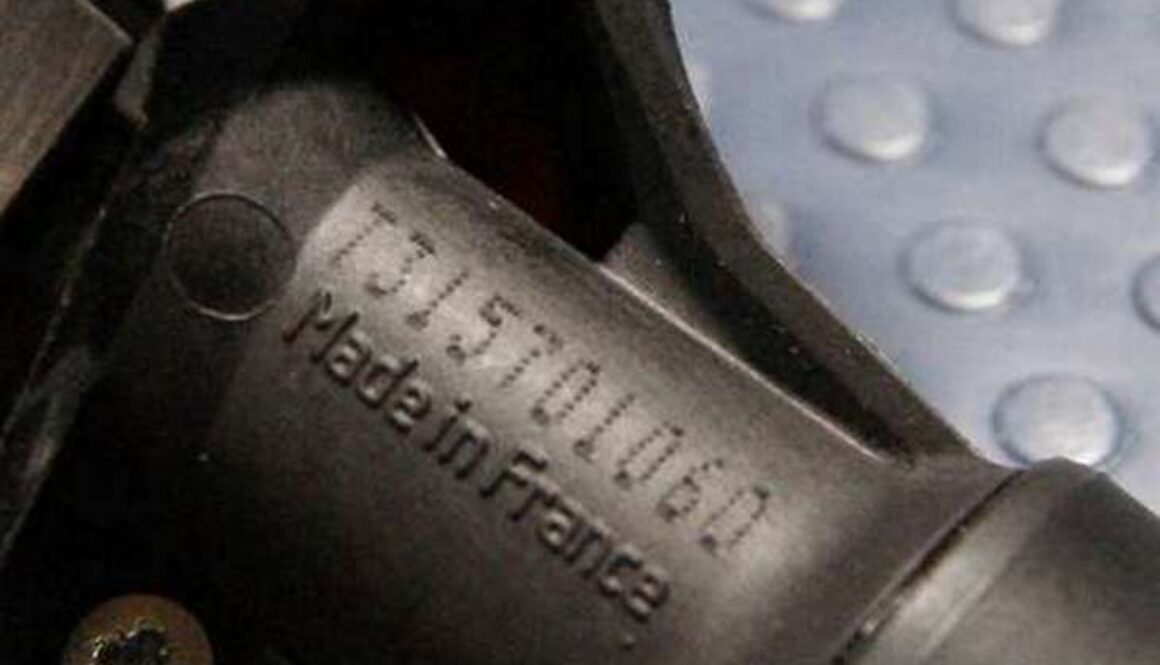
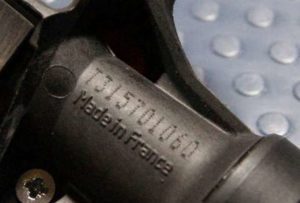
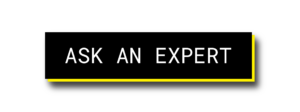
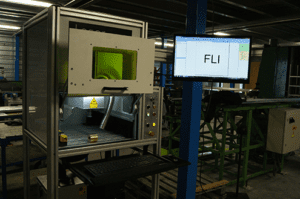
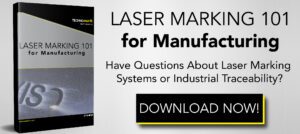
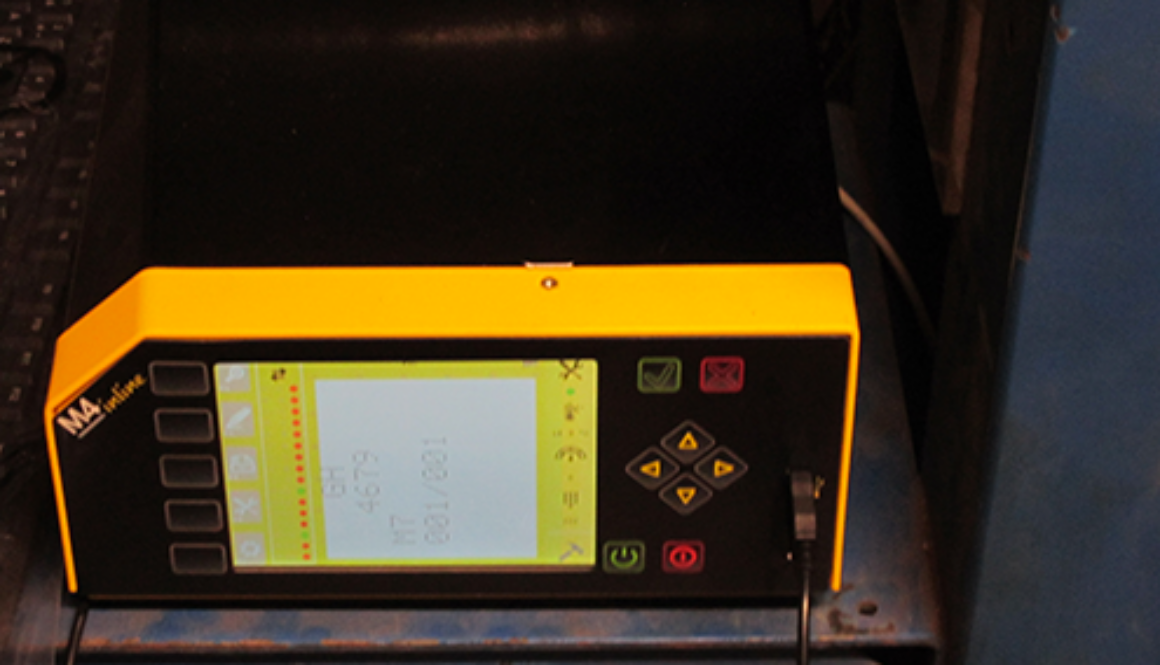
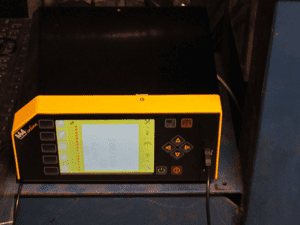
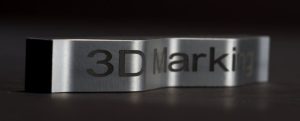 Laser marking wins in precision and detail, making it preferable for industries requiring intricate designs or small text. It is considered ideal for barcodes, UID codes, QR codes, and detailed logos.
Laser marking wins in precision and detail, making it preferable for industries requiring intricate designs or small text. It is considered ideal for barcodes, UID codes, QR codes, and detailed logos.